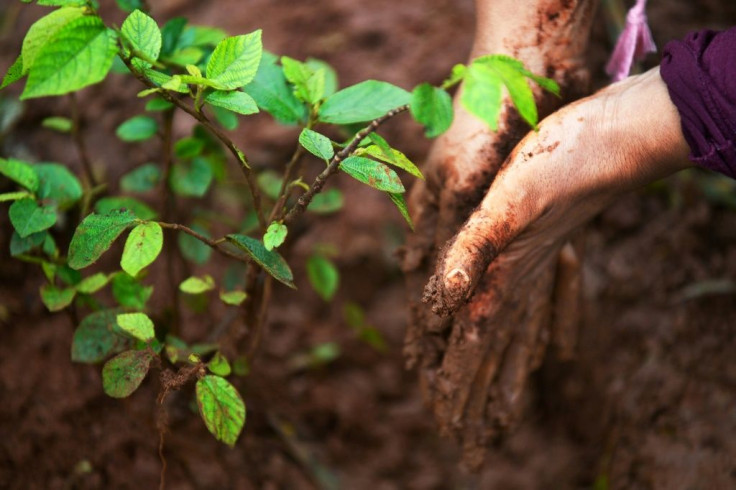Climate Change: Tree Planting Will Reportedly Not Solve This Defining Issue

It was just last July when researchers of a study published in the journal Science estimated that the Earth has space about the size of the United States suitable to plant new trees in so as to help reduce carbon emissions in the atmosphere. According to the team, upon maturity, the trees would then absorb about 205 metric gigatons of carbon, or a third of the carbon emissions from human activities since the Industrial Revolution.
The study’s results naturally caught the attention of many, especially since it seems to present a simple solution to a complicated problem. However, many scientists thought that the estimates presented in the study were exaggerated and misleading. In fact, some even said that the results could misguide climate change policy development.
While there is no question that planting new trees and saving the ones already standing can significantly help address climate change, the problem many experts had with the study was its supposed overestimation of how much carbon the trees can actually absorb. In fact, in a separate analysis, researchers found that the estimated 205 metric gigatons should be cut into at least half to be realistic.
Furthermore, the researchers’ estimate involved planting trees on all available space, in some of which tree planting is not ideal and could even be detrimental to the environment. For instance, in places where grass or snow could reflect solar energy better than trees, the trees would even contribute to warming rather than suppress it. There are also places where planting new trees would be detrimental to already struggling species in the ecosystem.
Simply put, other experts deem the estimates in the study to be 90 percent higher than they should realistically be, and note that the best way to maximize the benefits of tree planting to combat climate change is through thoughtful planning instead of just planting trees where there is space.
Although it is easy to hope that it is, tree planting is not the one solution that will solve climate change. Instead, it is just one of the many big and small actions that people have to do to slow the process down. The authors of the original paper even agree that the best way would be to reduce greenhouse gas emissions as soon as possible.
Perhaps more than exaggerated, the study was simply overly hopeful in its attempts to find a major solution to climate change. After all, the climate crisis is one people no longer have the luxury to ignore.
"Our results highlight the opportunity of climate change mitigation through global tree restoration but also the urgent need for action," the researchers said.
© Copyright IBTimes 2025. All rights reserved.






















